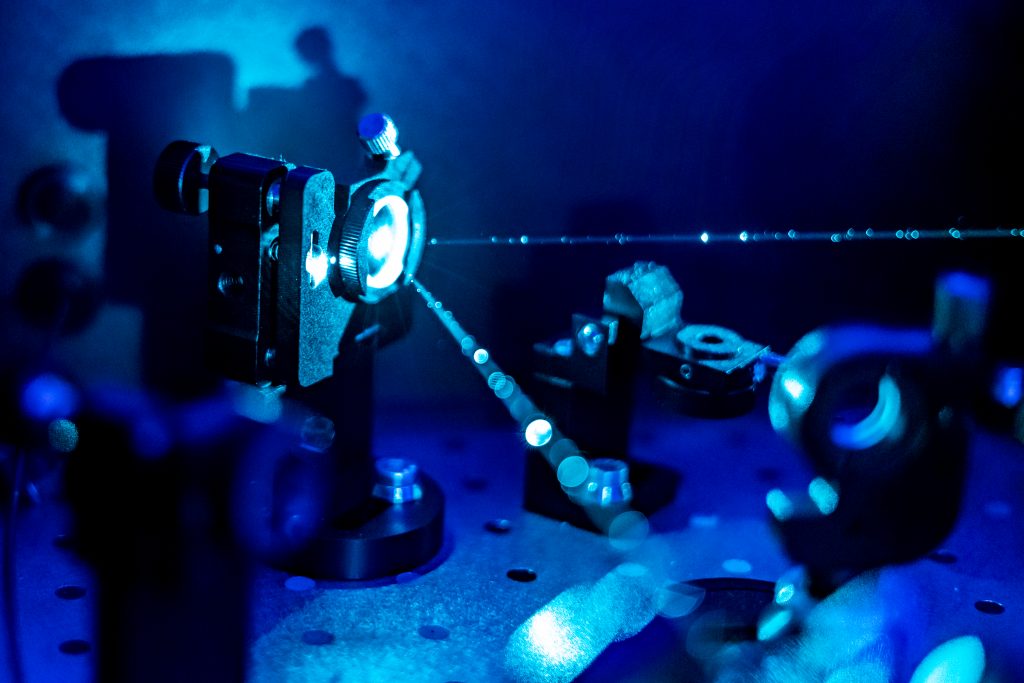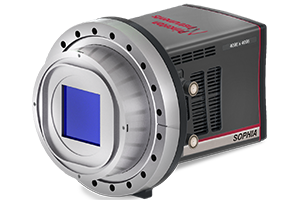Zhizhan Xu
Nature
Free-electron lasing at 27 nanometers based on a laser wakefield accelerator
Introduction
X-ray free electron lasers (XFELs) are a great source of coherent, intense radiation achieving sub-angstrom wavelengths. They are advantages in a range of applications from chemistry to structural biology. However, they are costly, large and require advanced technology to achieve these radiation beams.
Laser wakefield accelerators (LWFAs), which accelerate particles to high energies by utilizing the enormous electrostatic field of an excited plasma wakefield, are able to produce radiation over just a few millimeters – centimeters. This makes them a promising compact, economically viable alternative to XFELs for laboratory settings.

However, the relatively poor quality of electron beams based on LWFAs makes them challenging, as typical FEL configurations rely on a high-quality, stable electron beam. Researchers from the Chinese Academy of Sciences have demonstrated an FEL using a LWFA as proof-of-principle. Through the use of an LWFA accelerated electron beam, they are able to generate undulator radiation with an exponential amplification. This radiation is centered on 27 nm, with a maximum photon number of ~1010 per shot.
In order to evaluate the on-axis undulator radiation produced, the researchers used a SOPHIA-XO. By measuring the number of photons collected by the SOPHIA-XO, they were able to determine the energy of the undulator radiation. The researchers also installed a transmission grating in front of the SOPHIA-XO to spectral diagnostics of the radiation.

